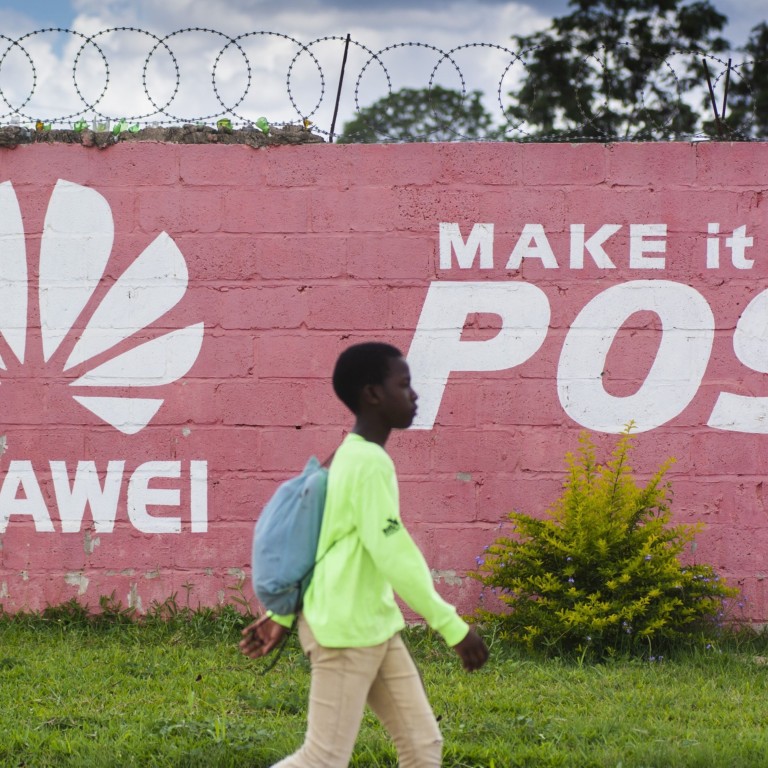
Instead of targeting TikTok and WeChat, the US should work on an alternative to China’s digital silk road
- From fibre-optic cables to health care connectivity in emerging markets, China’s digital silk road enables the country to gain both influence and commercial benefit
- The US has been making headlines banning Chinese apps at home and opposing Huawei worldwide but offers no comparable programme to China’s
Launched in 2015, the digital silk road is a mainly private-sector-driven programme, supported by the state, with the aim of enhancing China’s digital presence abroad, and thereby extending its commercial and political influence. It is so far going well, particularly in the emerging world.
Chinese-built fibre-optic cables have transformed connectivity in myriad countries across the planet, from Latin America to Central Asia to the Pacific. The investment has come from both private contracts and government support, in the form of at least US$7 billion in loans and foreign direct investment for fibre-optic cable and telecommunication network projects.
The UK can afford this extra expense, but most countries in the world would not be able to. Huawei’s scale – and, according to critics, its state subsidies – mean that it is able to undercut the competition in developing nations, as are many of the other Chinese tech giants.
It’s not just price that is making it hard for Western companies to compete in the developing world. Many American and European firms simply don’t have the appetite to spend money on localising products, for example, in the heterogenous nations of Southeast Asia, when the size of the markets mean that profits are not likely to be huge.

Driven by the need to maximise shareholder returns, investing outside core Western territories is often seen as an exercise in opportunity cost. Google’s Next Billion Users project, which aims to create products specifically with emerging markets in mind, is laudable but it is only likely to succeed at the macro level if the earnings are good enough.
China urges neighbours to back its data security ideas, not the US’
Yet, despite M-Pesa receiving some backing from the British authorities, most of these initiatives are unsupported in any coordinated way by their home governments, in stark contrast to China.
The digital silk road is not simply a development project; building a global information network with China at the centre is a useful way to project the country’s power and influence. This isn’t just about supporting its security ambitions, as the Trump administration would have it, but raw commercial advantage too.

Later this year, we expect the release of the “China Standards 2035” plan, which aims to set global standards for evolving technologies like the Internet of Things, artificial intelligence and 5G. With Chinese technology infrastructure dominating emerging markets, the 2035 plan would bake in China’s standards in a large number of low- and middle-income countries, giving its companies a significant and perhaps permanent business advantage over their Western competitors.
The world, and in particular the developing world, is hungry for more digital connectivity. China is leading the way in satisfying this appetite, giving the market what it wants at a price it can afford. If the West is serious about competing against China, then it needs to recognise what non-Western markets demand and create a consolidated public-private alternative to the digital silk road.
The US and its allies should be looking at how to make money and protect their power and influence, rather than depriving teenagers of their most popular apps.
Sam Olsen is the co-founder of the strategic consultancy MetisAsia and a commentator on Chinese-Western relations

